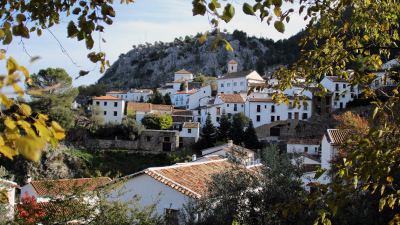Seven ghost towns of Mexico
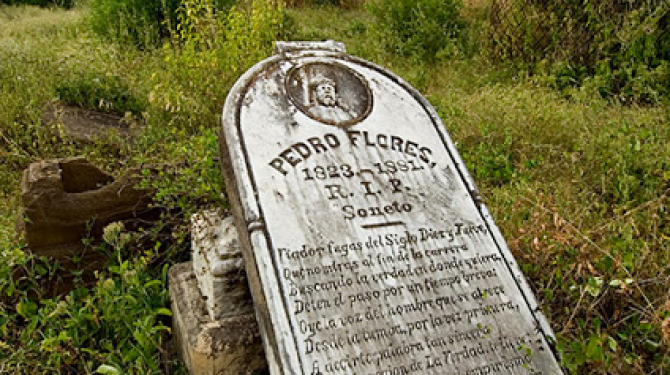
Source: listas.20minutos.es
What was in the past for the present already forgotten. Lonely streets and abandoned buildings, where communities flourished full of customs and suddenly disappeared. Walking through these villages would be an enigmatic journey, only lonely people would enjoy living in them ... like me. The beauty of the aesthetics of each of these peoples was resident in the churches, shattered mines, houses, squares, bridges; but what is most intriguing is what each of the inhabitants of those towns took when they left, because that is the essence of each of these peoples killed by time; people. A list only for loners.
TOP 7:
The Mineral of Angangueo
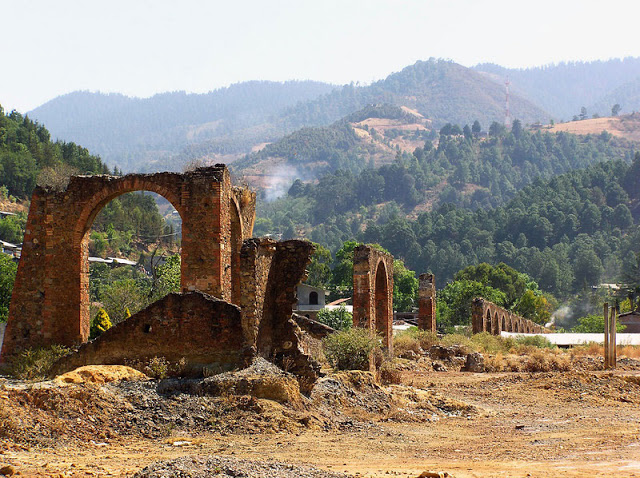
It is a population of the state of Michoacán. In February 2010, a cold front brought heavy rains that caused floods and particularly deadly mud avalanches, consequently the town of Angangueo was evicted. In the shelters, the evictees refused to return to the village and on February 11, 2010, the authorities announced that the former settlers would be relocated to another point in the same municipality.
TOP 6:
Mineral de Pozos
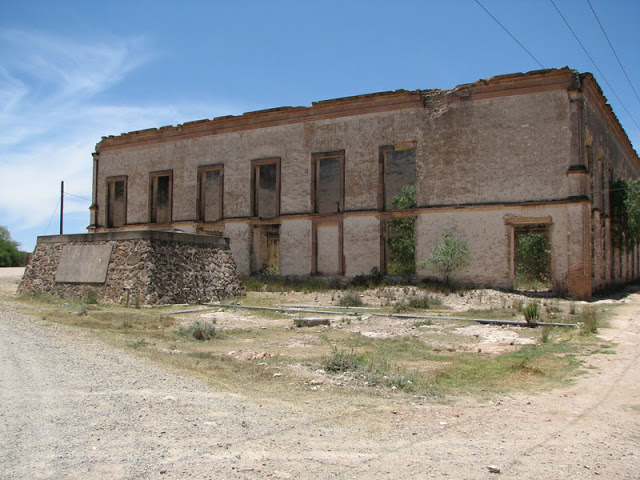
It was founded under the name of Palmar de Vega in 1576, then it took the name of Ciudad Porfirio Díaz. Rich deposits of silver, gold, mercury, manganese, lead, copper and tin were discovered, which gave prosperity to the people who changed their name again to Mineral de Pozos. As a consequence of the Mexican Revolution and the fall in the price of metals, Pozos began to fall into decadence, gradually abandoned by its inhabitants who had to leave in search of work.
TOP 5:
Cerro de San Pedro
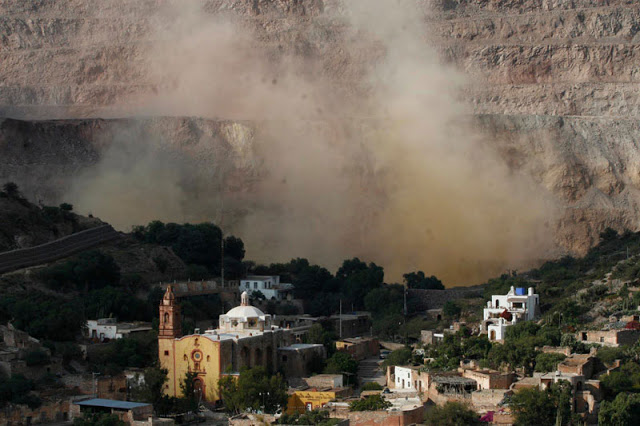
It is a municipality of the state of San Luis Potosí. The origin of this municipality is due to the discovery of gold and silver ore in its territories during the Spanish colony in the sixteenth century. The mines were exploited until well into the twentieth century, in 1948 a mining strike took place, which was lost by the miners; the company decided to leave, but not before collapsing the mine with explosions. Their mines were never declared exhausted and the town fell into decay.
TOP 4:
Old Warrior
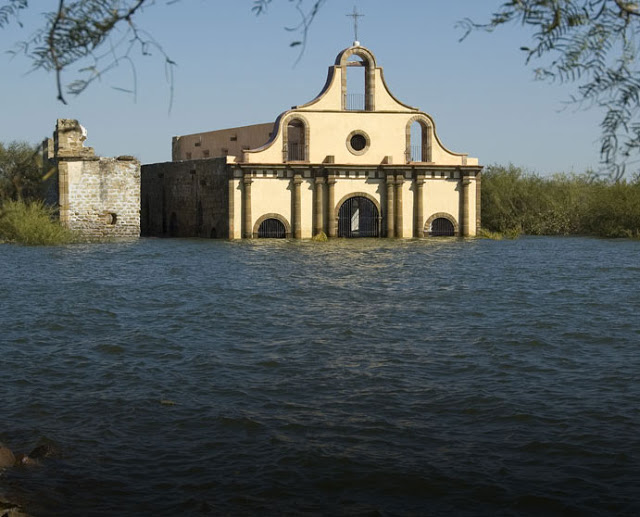
It was a border city in Tamaulipas founded by neighbors of Nuevo Leon in 1750. In 1944 the governments of Mexico and the United States signed an agreement to build the Falcón Dam, for which it was necessary to evacuate the population of Ciudad Guerrero, because the water reservoir created as a result of the dam would flood the population. The transfer was carried out in 1953, the year of the inauguration of the dam. The town can be visited when the dam has its low reservoirs.
TOP 3:
Ojuela
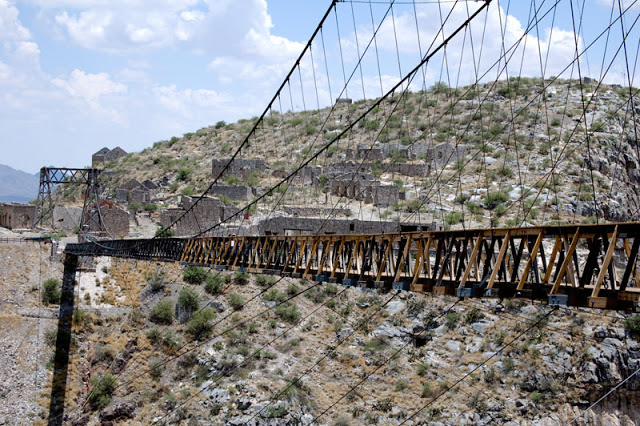
My favorite. Ojuela was a town located in Durango. During the colony, gold, silver, zinc and manganese were extracted, which gave great prosperity to Ojuela. In the mid-twentieth century a large storm flooded the mine leaving it unusable and consequently the town was abandoned. Its streets, temple, cinema, shops, casino, tennis courts and even swimming pools, were at the mercy of erosion and oblivion. In its ruins are framed the only construction that still stands entirely in Ojuela: a magnificent suspension bridge inspired by the Golden Gate of San Francisco.
TOP 2:
San Juan Parangaricutiro
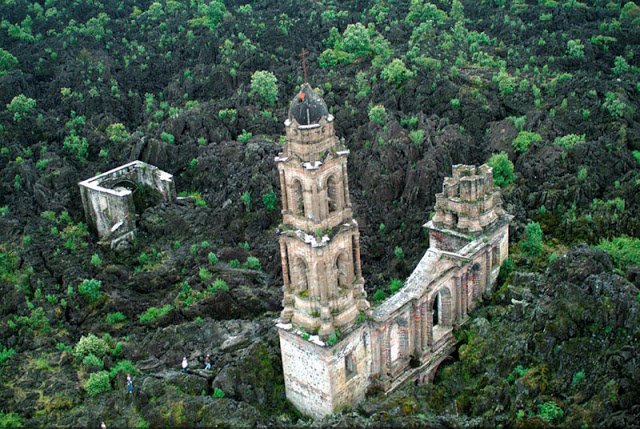
Does anyone remember the word "Parangaricutirimícuaro"? That was the old name of this town, popularly used as a tongue twister. San Juan Parangaricutiro was a town in the state of Michoacán. The town was evicted before its eminent destruction by Paricutin volcano that began to erupt in 1943. From the ruins of old San Juan stands the upper part of the church that survived the lava.
TOP 1:
Real de Catorce
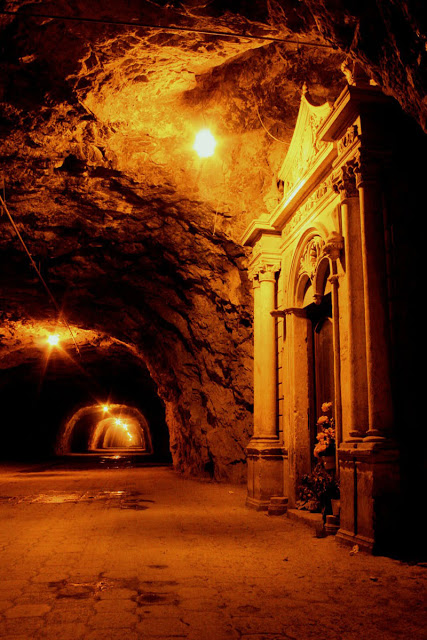
It was a mining town located in San Luis Potosí. The life of the town passed in the middle of the activity of the miners who extracted the silver. When the mines stopped producing the town, it practically died becoming a ghost town reviving at the end of the 20th century as a tourist center known worldwide, most of its buildings still remain empty.
More lists












